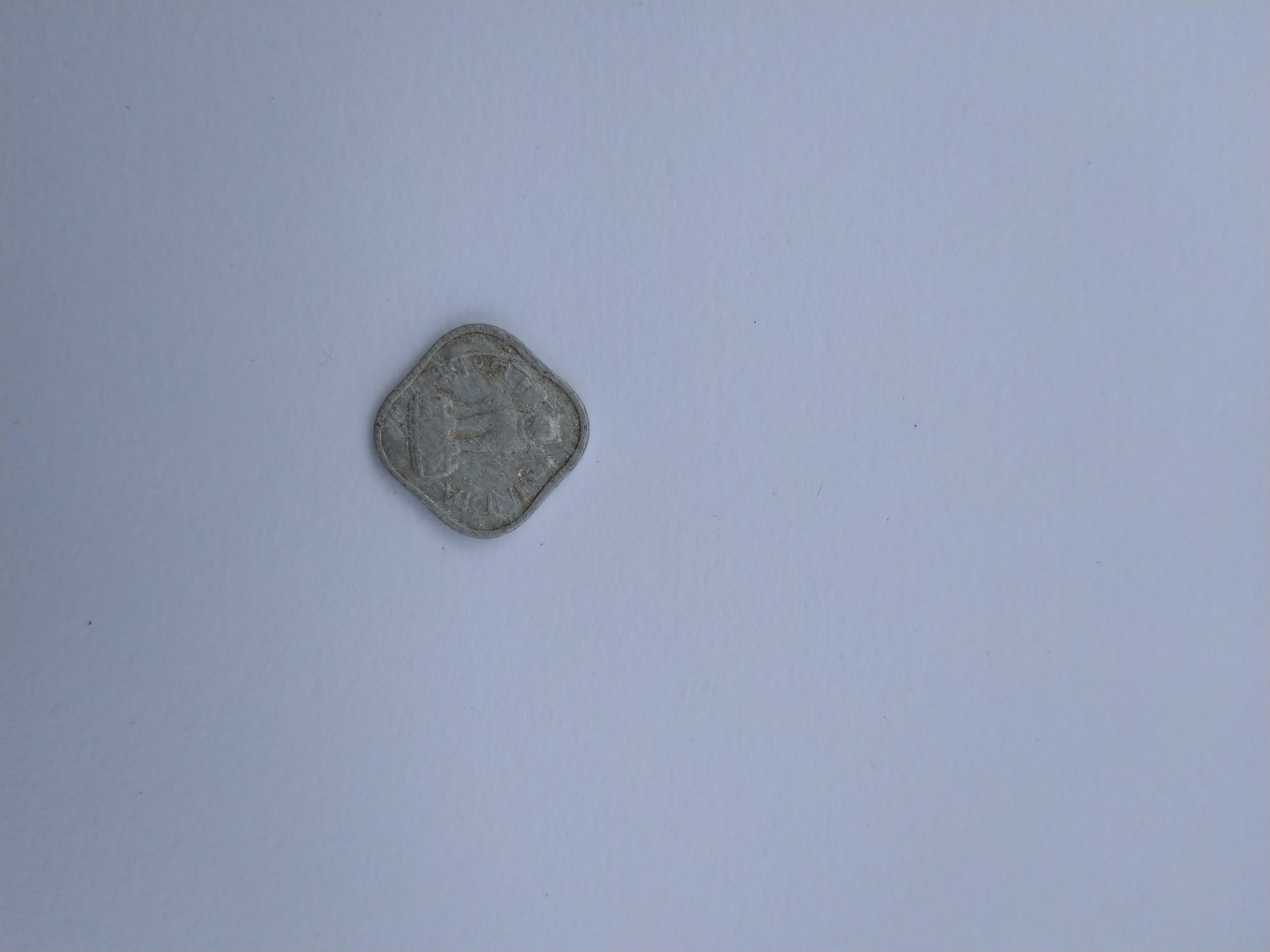1 Paisa, Republic Of India: Obverse View
On August 15, 1950, the new 'anna system' was introduced; the first coinage of the Republic of India. The British King's portrait was replaced with the engraving of Ashoka's Lion Capital of Sarnath, and the tiger on the 1 rupee coin was replaced with a corn sheaf. The one rupee now comprised 16 annas. The National Emblem of India is derived from the time of emperor Ashoka. Adapted by the Government of India on 26th January 1950, it symbolises power, courage and confidence, as well as the identity and sovereignty of an independent nation.
The 1955 Indian Coinage (Amendment) Act, which came into force on April 1 1957, introduced a 'decimal series'. The rupee was now divided into 100 paisa instead of 16 annas or 64 pice. The coins were initially called naye paise (meaning new paise) to distinguish them from the previous coins. In order to aid the visually impaired in the country, each coin had distinct shapes.
The currency of this coin is Rupee (decimalized; 1965-1981). Belonging to the year 1968, this coin is made from aluminium and is now demonetized. Minted in Calcutta, it used to be a standard circulation coin.
Specifications of the coin
Obverse
Ashoka's Lion Capital with the country name on both sides.
Lettering: भारतIndia
Contributed By :
Sarbani Chakraborti
